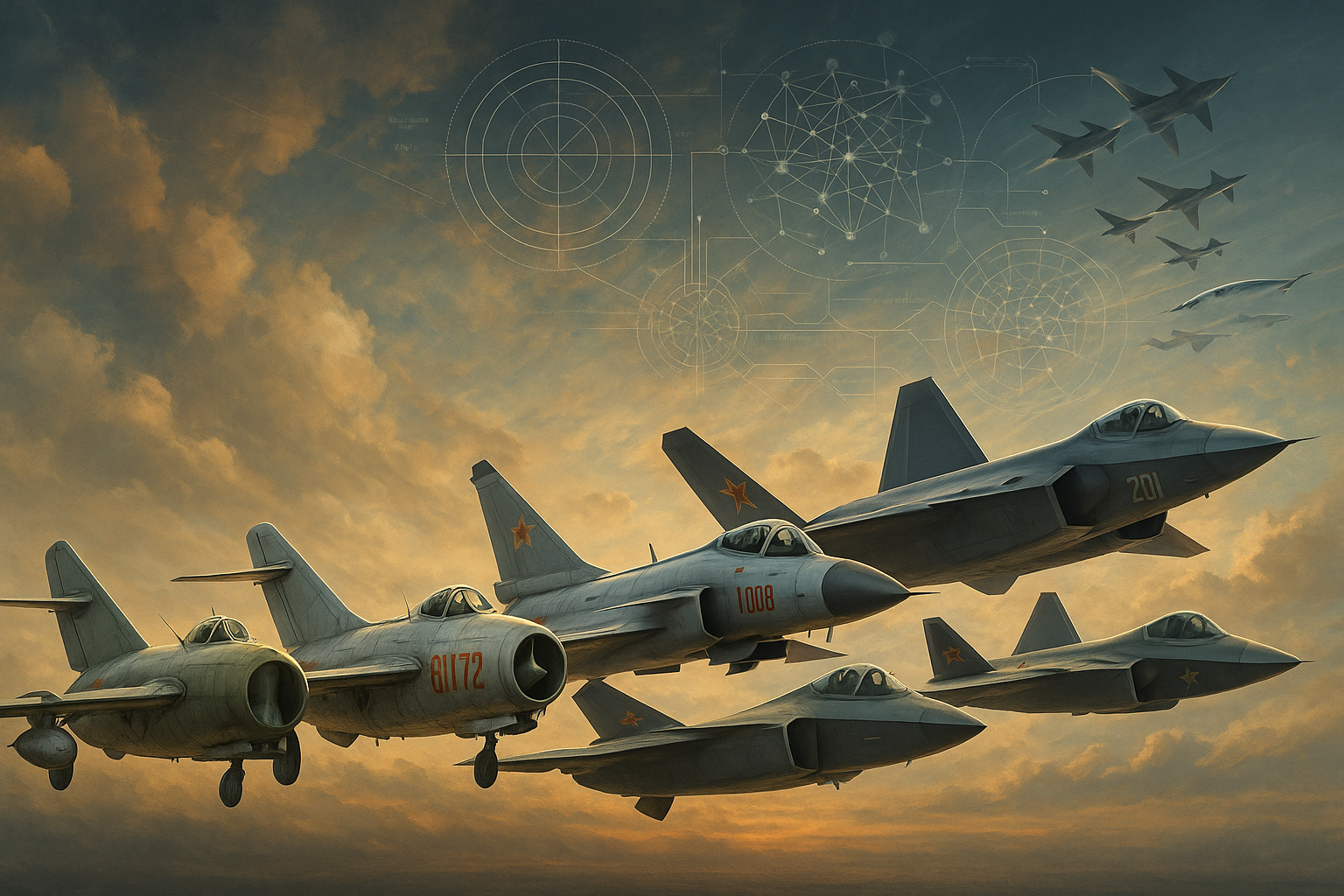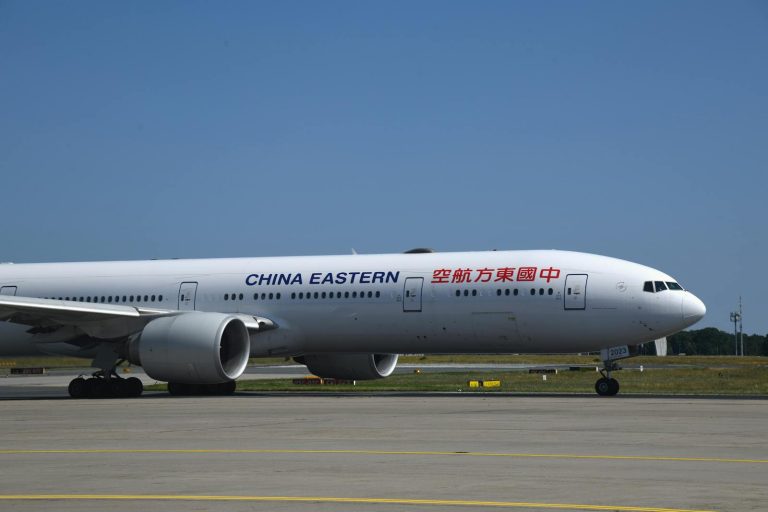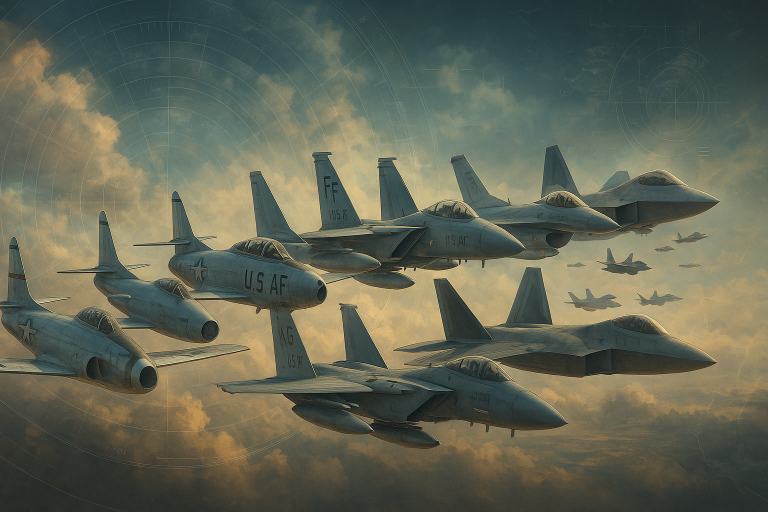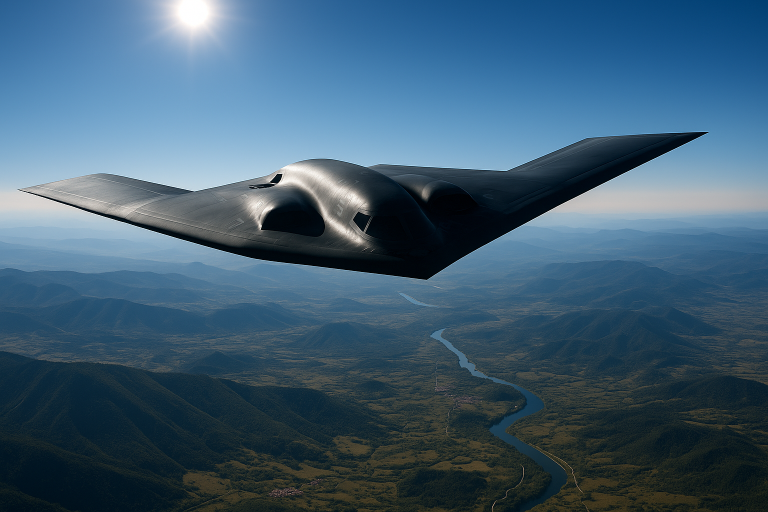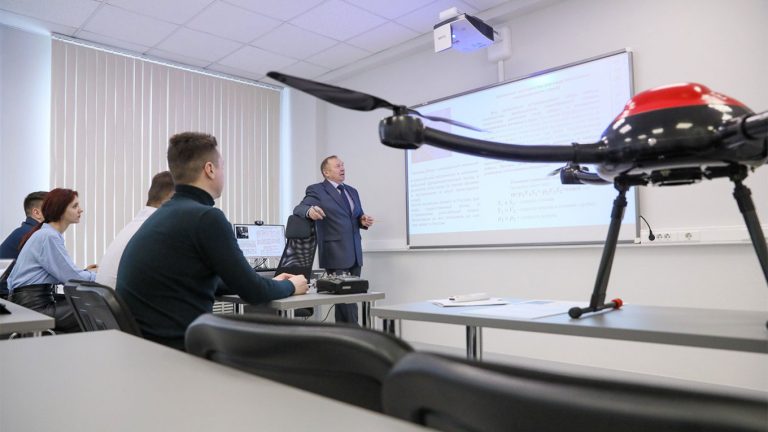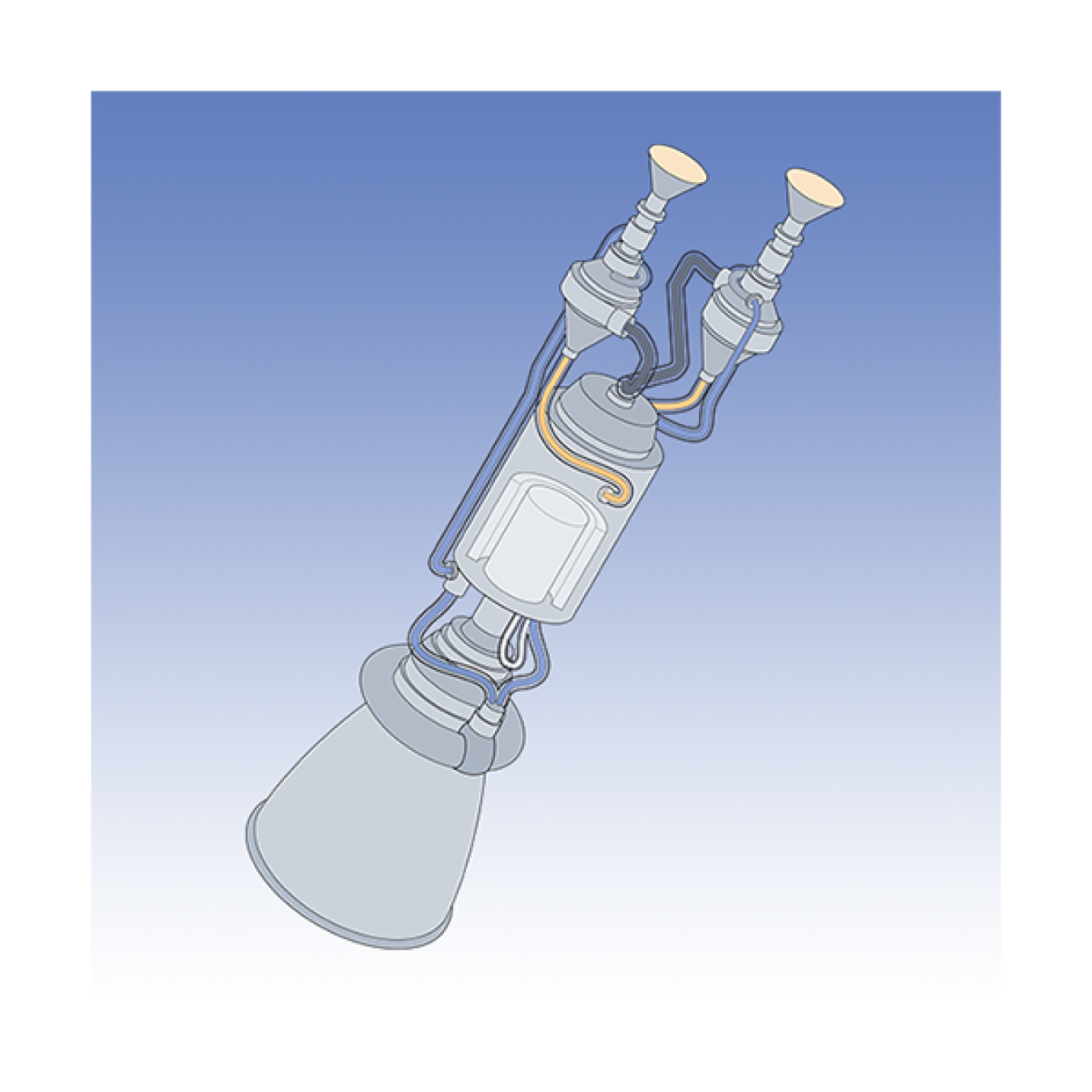The Evolution of Chinese Fighter Aircraft: From Reverse-Engineering to Technological Prowess
The development of Chinese fighter aircraft is a compelling narrative of a nation’s journey from technological dependence to aspiring for global leadership in military aerospace.
This evolution, driven by strategic necessity and national ambition, has transitioned from simple imitation through licensed production and reverse-engineering to the creation of sophisticated, indigenous designs that now challenge established Western paradigms.
1. First Generation: Foundation Through Imitation (1950s–1960s)
In its nascent stage, the People’s Liberation Army Air Force (PLAAF) was equipped almost entirely with Soviet aircraft. The establishment of China’s aviation industry was fundamentally based on technology transfer from the USSR.
- Shenyang J-5 (MiG-17 ‘Fresco’): This was not merely a copy, but a licensed production of the MiG-17. Its introduction marked China’s entry into the jet age.
- Technical Details: A traditional subsonic jet fighter with swept wings and a single Klimov VK-1 centrifugal-flow turbojet engine. It was armed with cannons (typically one 37mm and two 23mm) and lacked radar-guided weapons, relying on optical gunsights and ground-controlled interception (GCI).
- Shenyang J-6 (MiG-19 ‘Farmer’): The J-6 was a monumental leap, becoming China’s first supersonic fighter.
- Technical Details: A lightweight, daytime air-superiority fighter. Its key feature was the twin Tumansky RD-9B axial-flow turbojets, allowing it to break the sound barrier in level flight. It retained a classic gun-armament focus (three 30mm cannons) and simple ranging radar. The J-6’s simplicity, high thrust-to-weight ratio, and rate of climb made it a formidable dogfighter for its era. It remained in service for decades, a testament to its robust design.
Strategic Context: This era was defined by complete reliance on Soviet blueprints, materials, and engines. The Sino-Soviet split in the 1960s abruptly ended this support, starkly revealing China’s vulnerability and creating an urgent need for self-sufficiency.
2. Second Generation: The Struggle for Indigenous Design (1970s–1980s)
Cut off from the Soviet Union and without access to Western technology, China embarked on its first attempts at indigenous fighter design. This period was characterized by ambitious projects and significant developmental challenges.
- Shenyang J-8 (Finback): The J-8 was China’s answer to the need for a high-altitude, high-speed interceptor to counter threats like the American B-58 Hustler and U-2 spy plane.
- Technical Details & Challenges: The initial J-8I was essentially a scaled-up, twin-engine J-6 (MiG-19), featuring two WP-7 (RD-9) engines in a fuselage-length nacelle. It suffered from poor aerodynamics and engine reliability. The J-8II, a radical redesign, introduced a solid nose for a larger fire-control radar (Type 208 mono-pulse radar) and side-mounted intake ramps, moving away from the nose intake of its predecessors. This variant was more successful but remained a dedicated, limited-capability interceptor, lacking the look-down/shoot-down capability of contemporary Western fighters.
- Chengdu J-7 (MiG-21 ‘Fishbed’): While based on the MiG-21, the J-7’s prolonged evolution is a story of incremental indigenization and improvement.
- Technical Evolution: Early versions were near-copies. Later variants, like the J-7G, incorporated major upgrades: a more powerful WP-13F engine, a modern helmet-mounted sight (HMS), and a lightweight pulse-Doppler radar (the Israeli-derived KLJ-6E), granting it limited beyond-visual-range (BVR) capability. This demonstrated China’s growing ability to adapt and significantly improve a foreign design.
3. Third Generation: The Great Leap Forward (1990s–2000s)
The end of the Cold War and the lessons from the First Gulf War were a shock to the PLAAF. It became clear that a force of short-range, limited-capability interceptors was obsolete. This era saw China actively seeking foreign technology (primarily from Russia and Israel) to bootstrap its own advanced programs.
- Chengdu J-10 (Vigorous Dragon): The J-10 is arguably the most critical program in China’s modern aviation history, representing its first successful, top-to-bottom indigenous 4th-generation design.
- Technical Details & Influences: It is a single-engine, multirole fighter featuring a relaxed static stability (RSS) design controlled by a digital fly-by-wire (FBW) system, which provides exceptional agility. Its delta wing and canard configuration offers high instantaneous turn rates. Early models used the Russian Saturn AL-31FN engine, highlighting a continued propulsion dependency. The J-10’s design is believed to have been influenced by technology and possibly design studies from the Israeli Lavi fighter project.
- Avionics: It featured a modern glass cockpit, a pulse-Doppler fire-control radar, and an integrated electronic warfare suite.
- Shenyang J-11 (Flanker): The acquisition of the Su-27SK and the subsequent licensed production as the J-11 provided China with a world-class air superiority fighter and a massive technology base.
- Indigenization Path: Initially assembled from Russian kits, China soon began producing its own variants. The J-11B was the pivotal point, replacing Russian radars, avionics, and mission computers with domestic systems (e.g., Type 1474 radar) and integrating Chinese PL-12 active radar-homing BVR missiles. This move from licensed production to “Sino-fication” demonstrated a strategic shift from buying capability to absorbing and mastering it.
4. Fourth & Fifth Generation: Achieving the High-End (2000s–Present)
This period marks China’s arrival as a first-tier air power, developing and fielding aircraft that are on par with the most advanced Western types.
- Chengdu J-20 (Mighty Dragon): The J-20 is China’s statement of intent—a large, twin-engine, long-range air dominance fighter designed to challenge US Air Force capabilities in the Pacific.
- Stealth Technology: It employs a stealthy airframe with planform alignment (swept angles), S-shaped intake ducts to shield engine fans from radar, and extensive use of radar-absorbent materials (RAM). Its canard-delta configuration is a unique design choice that trades some frontal stealth for enhanced maneuverability and high-alpha performance.
- Role & Avionics: Believed to be primarily a long-range “aircraft carrier killer” and air superiority fighter. It features an advanced Active Electronically Scanned Array (AESA) radar, a sophisticated sensor suite likely including an Infrared Search and Track (IRST) system, and a large internal weapons bay for missiles like the PL-15 (long-range BVR) and PL-10 (high-off-boresight dogfight missile). Its initial reliance on Russian AL-31F variants and the under-development WS-15 engine remains a key area of observation.
- Shenyang J-35 (F-35 analogue): The J-35 is China’s answer to the carrier-borne stealth fighter requirement.
- Technical Details: A mid-weight, twin-engine, multirole stealth fighter clearly designed for aircraft carrier operations (foldable wings, reinforced landing gear, catapult launch bar). It shares stealth characteristics with the J-20 but in a smaller, more balanced air-to-air and strike platform. It is intended to be the primary combat jet for the Fujian-class CATOBAR carriers and will form a high-low mix with the J-15.
5. Enabling Technologies and Future Concepts
The progress in airframes is underpinned by critical advancements in subsystems:
- Engines: The “Achilles’ Heel” of Chinese aviation. Programs like the WS-10 (Taihang) series have finally achieved a degree of reliability and are powering J-10C, J-16, and some J-20s. The WS-15, intended to give the J-20 supercruise and performance matching the F-22’s F119 engine, is the final piece of the puzzle and remains in development.
- Avionics and Sensors: China has made huge strides in AESA radars, IRST systems, and integrated electronic warfare suites, often leveraging a massive electronics industrial base.
- Weapons: Development of advanced missiles like the very long-range PL-15 (with an AESA seeker) and the highly agile imaging-infrared PL-10 gives Chinese fighters a potent bite.
- Unmanned Systems and NGAD: China is actively developing Loyal Wingman-type unmanned combat aerial vehicles (UCAVs) like the GJ-11 Sharp Sword to operate alongside the J-20 and J-35. Its Next Generation Air Dominance (NGAD) program will likely focus on a “system of systems” approach, featuring a 6th-gen manned fighter as a command node, controlling a network of stealthy, attritable drones, all enhanced by artificial intelligence for battle management and sensor fusion.
Conclusion
China’s fighter evolution is a masterclass in technological accretion. It methodically progressed from assembly, to reverse-engineering, to incremental improvement, and finally to radical indigenous innovation.
Today, with the operational J-20 and the imminent J-35, China has closed the technological gap with Western air powers and is now a peer competitor. Its focus has shifted from catching up to forging ahead, with its sights firmly set on defining the future of air combat through AI, networking, and sixth-generation technologies.

